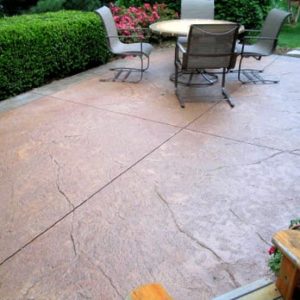[tm_pb_section admin_label="section" transparent_background="on" allow_player_pause="off" inner_shadow="off" parallax="off" parallax_method="off" custom_padding="258px||108px|" custom_padding_tablet="100px||50px|" custom_padding_last_edited="on|phone" padding_mobile="off" make_fullwidth="off" use_custom_width="off" width_unit="on" make_equal="off" use_custom_gutter="off" background_image="https://www.northeastdecorativeconcrete.com/wp-content/uploads/2017/11/pool-deck.jpg"][tm_pb_row admin_label="row" make_fullwidth="off" use_custom_width="off" use_grid_padding="on" width_unit="on" padding_mobile="off" allow_player_pause="off" parallax="off" parallax_method="off" make_equal="off" parallax_1="off" parallax_method_1="off" vertical_alligment_1="start" responsive_laptop_1="inherit" responsive_tablet_1="inherit" responsive_phone_1="inherit" order_laptop_1="1" order_tablet_1="1" order_phone_1="1" column_padding_mobile="on"][tm_pb_column type="4_4"][tm_pb_text admin_label="Text" text_orientation="left" use_border_color="off" border_color="#ffffff" border_style="solid"]

We service all of New Hampshire (NH) , Massachusetts (MA) , and Maine (ME) with Decorative Concrete, Stamped Concrete, Epoxy Floor Coatings, and Garage Flooring. We have a large selection of colors and patterns! Give us a call for your next concrete project. We provide Free Estimates.
Why Concrete Needs Reinforcement
Concrete is susceptible to cracking and other damage, so it needs reinforcement. Steel bars are often used for reinforcement, but other materials, such as fiberglass or plastic, can also be used. The reinforcement helps to hold the concrete together and prevents it from breaking.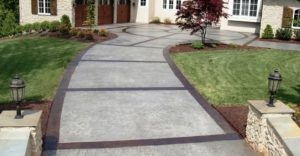 When most people think of concrete, they think of a solid, heavy material that's perfect for driveways, patios, and sidewalks. What many people don't know is that concrete can also be used to create structures such as walls, floors, and ceilings. In fact, concrete is often the material of choice for these applications because it's strong and durable.
While concrete is a great building material on its own, it can be even stronger when reinforced with metal rods or fibers. This reinforcement creates a more solid structure that can withstand greater amounts of weight and pressure. Reinforced concrete is ideal for use in buildings and other structures that need to be strong and durable.
When most people think of concrete, they think of a solid, heavy material that's perfect for driveways, patios, and sidewalks. What many people don't know is that concrete can also be used to create structures such as walls, floors, and ceilings. In fact, concrete is often the material of choice for these applications because it's strong and durable.
While concrete is a great building material on its own, it can be even stronger when reinforced with metal rods or fibers. This reinforcement creates a more solid structure that can withstand greater amounts of weight and pressure. Reinforced concrete is ideal for use in buildings and other structures that need to be strong and durable.

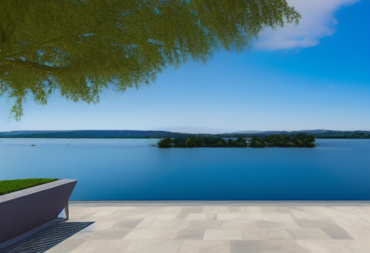
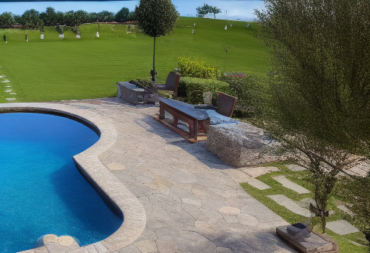
 [/tm_pb_text][/tm_pb_column][/tm_pb_row][/tm_pb_section][tm_pb_section admin_label="Section" fullwidth="off" specialty="off" transparent_background="on" allow_player_pause="off" inner_shadow="off" parallax="off" parallax_method="off" padding_mobile="off" make_fullwidth="off" use_custom_width="off" width_unit="on" make_equal="off" use_custom_gutter="off" background_image="https://www.northeastdecorativeconcrete.com/wp-content/uploads/2018/01/background.jpg"][tm_pb_row admin_label="Row"][tm_pb_column type="4_4"][tm_pb_text admin_label="Text" text_orientation="left" use_border_color="off" border_color="#ffffff" border_style="solid" text_font_size="18" text_text_color="#000000" saved_tabs="all"]
[/tm_pb_text][/tm_pb_column][/tm_pb_row][/tm_pb_section][tm_pb_section admin_label="Section" fullwidth="off" specialty="off" transparent_background="on" allow_player_pause="off" inner_shadow="off" parallax="off" parallax_method="off" padding_mobile="off" make_fullwidth="off" use_custom_width="off" width_unit="on" make_equal="off" use_custom_gutter="off" background_image="https://www.northeastdecorativeconcrete.com/wp-content/uploads/2018/01/background.jpg"][tm_pb_row admin_label="Row"][tm_pb_column type="4_4"][tm_pb_text admin_label="Text" text_orientation="left" use_border_color="off" border_color="#ffffff" border_style="solid" text_font_size="18" text_text_color="#000000" saved_tabs="all"]
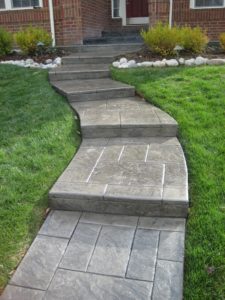
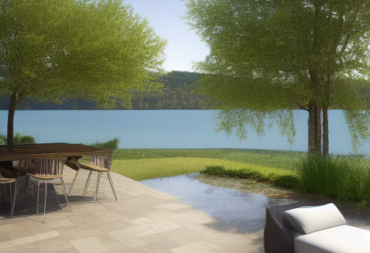
 [/tm_pb_text][/tm_pb_column][/tm_pb_row][/tm_pb_section][tm_pb_section admin_label="Section" fullwidth="off" specialty="off" transparent_background="on" allow_player_pause="off" inner_shadow="off" parallax="off" parallax_method="off" padding_mobile="off" make_fullwidth="off" use_custom_width="off" width_unit="on" make_equal="off" use_custom_gutter="off" background_image="https://www.northeastdecorativeconcrete.com/wp-content/uploads/2018/01/background.jpg"][tm_pb_row admin_label="Row"][tm_pb_column type="4_4"][tm_pb_text admin_label="Text" text_orientation="left" use_border_color="off" border_color="#ffffff" border_style="solid" text_font_size="18" text_text_color="#000000" saved_tabs="all"]
[/tm_pb_text][/tm_pb_column][/tm_pb_row][/tm_pb_section][tm_pb_section admin_label="Section" fullwidth="off" specialty="off" transparent_background="on" allow_player_pause="off" inner_shadow="off" parallax="off" parallax_method="off" padding_mobile="off" make_fullwidth="off" use_custom_width="off" width_unit="on" make_equal="off" use_custom_gutter="off" background_image="https://www.northeastdecorativeconcrete.com/wp-content/uploads/2018/01/background.jpg"][tm_pb_row admin_label="Row"][tm_pb_column type="4_4"][tm_pb_text admin_label="Text" text_orientation="left" use_border_color="off" border_color="#ffffff" border_style="solid" text_font_size="18" text_text_color="#000000" saved_tabs="all"]
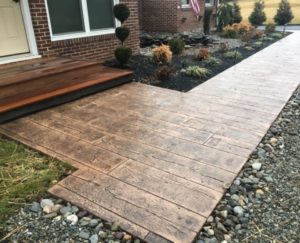
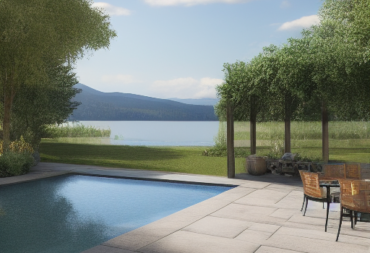
 [/tm_pb_text][/tm_pb_column][/tm_pb_row][/tm_pb_section][tm_pb_section admin_label="Section" fullwidth="off" specialty="off" transparent_background="on" allow_player_pause="off" inner_shadow="off" parallax="off" parallax_method="off" padding_mobile="off" make_fullwidth="off" use_custom_width="off" width_unit="on" make_equal="off" use_custom_gutter="off" background_image="https://www.northeastdecorativeconcrete.com/wp-content/uploads/2018/01/background.jpg"][tm_pb_row admin_label="Row"][tm_pb_column type="4_4"][tm_pb_text admin_label="Text" text_orientation="left" use_border_color="off" border_color="#ffffff" border_style="solid" text_font_size="18" text_text_color="#000000" saved_tabs="all"]
[/tm_pb_text][/tm_pb_column][/tm_pb_row][/tm_pb_section][tm_pb_section admin_label="Section" fullwidth="off" specialty="off" transparent_background="on" allow_player_pause="off" inner_shadow="off" parallax="off" parallax_method="off" padding_mobile="off" make_fullwidth="off" use_custom_width="off" width_unit="on" make_equal="off" use_custom_gutter="off" background_image="https://www.northeastdecorativeconcrete.com/wp-content/uploads/2018/01/background.jpg"][tm_pb_row admin_label="Row"][tm_pb_column type="4_4"][tm_pb_text admin_label="Text" text_orientation="left" use_border_color="off" border_color="#ffffff" border_style="solid" text_font_size="18" text_text_color="#000000" saved_tabs="all"]
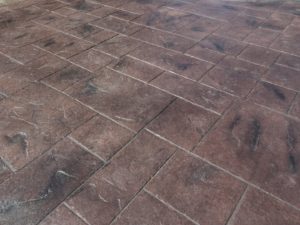
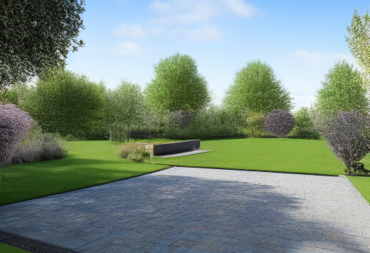
 [/tm_pb_text][/tm_pb_column][/tm_pb_row][/tm_pb_section][tm_pb_section admin_label="Section" fullwidth="off" specialty="off" transparent_background="on" allow_player_pause="off" inner_shadow="off" parallax="off" parallax_method="off" padding_mobile="off" make_fullwidth="off" use_custom_width="off" width_unit="on" make_equal="off" use_custom_gutter="off" background_image="https://www.northeastdecorativeconcrete.com/wp-content/uploads/2018/01/background.jpg"][tm_pb_row admin_label="Row"][tm_pb_column type="4_4"][tm_pb_text admin_label="Text" text_orientation="left" use_border_color="off" border_color="#ffffff" border_style="solid" text_font_size="18" text_text_color="#000000" saved_tabs="all"]
[/tm_pb_text][/tm_pb_column][/tm_pb_row][/tm_pb_section][tm_pb_section admin_label="Section" fullwidth="off" specialty="off" transparent_background="on" allow_player_pause="off" inner_shadow="off" parallax="off" parallax_method="off" padding_mobile="off" make_fullwidth="off" use_custom_width="off" width_unit="on" make_equal="off" use_custom_gutter="off" background_image="https://www.northeastdecorativeconcrete.com/wp-content/uploads/2018/01/background.jpg"][tm_pb_row admin_label="Row"][tm_pb_column type="4_4"][tm_pb_text admin_label="Text" text_orientation="left" use_border_color="off" border_color="#ffffff" border_style="solid" text_font_size="18" text_text_color="#000000" saved_tabs="all"]
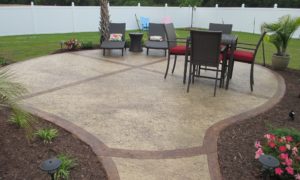 -Concrete is strong and durable. It can withstand heavy loads and extreme weather conditions.
-Concrete is a versatile material that can be used for a variety of applications.
-Concrete is strong and durable. It can withstand heavy loads and extreme weather conditions.
-Concrete is a versatile material that can be used for a variety of applications.
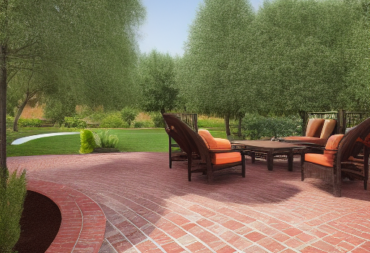
 [/tm_pb_text][/tm_pb_column][/tm_pb_row][/tm_pb_section][tm_pb_section admin_label="Section" fullwidth="off" specialty="off" transparent_background="on" allow_player_pause="off" inner_shadow="off" parallax="off" parallax_method="off" padding_mobile="off" make_fullwidth="off" use_custom_width="off" width_unit="on" make_equal="off" use_custom_gutter="off" background_image="https://www.northeastdecorativeconcrete.com/wp-content/uploads/2018/01/background.jpg"][tm_pb_row admin_label="Row"][tm_pb_column type="4_4"][tm_pb_text admin_label="Text" text_orientation="left" use_border_color="off" border_color="#ffffff" border_style="solid" text_font_size="18" text_text_color="#000000" saved_tabs="all"]
[/tm_pb_text][/tm_pb_column][/tm_pb_row][/tm_pb_section][tm_pb_section admin_label="Section" fullwidth="off" specialty="off" transparent_background="on" allow_player_pause="off" inner_shadow="off" parallax="off" parallax_method="off" padding_mobile="off" make_fullwidth="off" use_custom_width="off" width_unit="on" make_equal="off" use_custom_gutter="off" background_image="https://www.northeastdecorativeconcrete.com/wp-content/uploads/2018/01/background.jpg"][tm_pb_row admin_label="Row"][tm_pb_column type="4_4"][tm_pb_text admin_label="Text" text_orientation="left" use_border_color="off" border_color="#ffffff" border_style="solid" text_font_size="18" text_text_color="#000000" saved_tabs="all"]
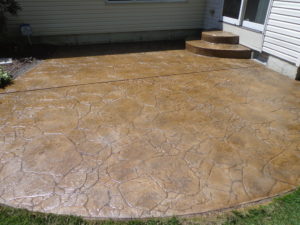
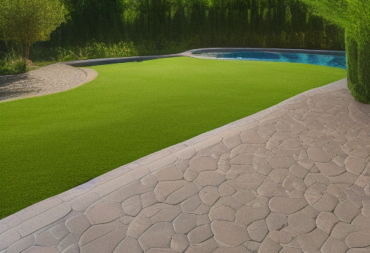
 [/tm_pb_text][/tm_pb_column][/tm_pb_row][/tm_pb_section][tm_pb_section admin_label="Section" fullwidth="off" specialty="off" transparent_background="on" allow_player_pause="off" inner_shadow="off" parallax="off" parallax_method="off" padding_mobile="off" make_fullwidth="off" use_custom_width="off" width_unit="on" make_equal="off" use_custom_gutter="off" background_image="https://www.northeastdecorativeconcrete.com/wp-content/uploads/2018/01/background.jpg"][tm_pb_row admin_label="Row"][tm_pb_column type="4_4"][tm_pb_text admin_label="Text" text_orientation="left" use_border_color="off" border_color="#ffffff" border_style="solid" text_font_size="18" text_text_color="#000000" saved_tabs="all"]
[/tm_pb_text][/tm_pb_column][/tm_pb_row][/tm_pb_section][tm_pb_section admin_label="Section" fullwidth="off" specialty="off" transparent_background="on" allow_player_pause="off" inner_shadow="off" parallax="off" parallax_method="off" padding_mobile="off" make_fullwidth="off" use_custom_width="off" width_unit="on" make_equal="off" use_custom_gutter="off" background_image="https://www.northeastdecorativeconcrete.com/wp-content/uploads/2018/01/background.jpg"][tm_pb_row admin_label="Row"][tm_pb_column type="4_4"][tm_pb_text admin_label="Text" text_orientation="left" use_border_color="off" border_color="#ffffff" border_style="solid" text_font_size="18" text_text_color="#000000" saved_tabs="all"]
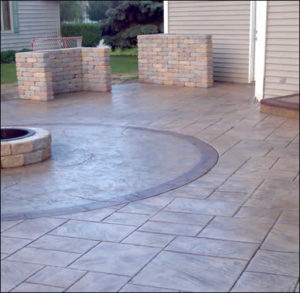 Stamp concrete is incredibly durable and can last for many years with little to no maintenance. It's the perfect choice for homeowners who want a beautiful, low-maintenance exterior.
Concrete is one of the most durable building materials in the world. When it is stamped with a decorative pattern, it becomes a beautiful and unique addition to any home or business.
Stamp concrete is incredibly durable and can last for many years with little to no maintenance. It's the perfect choice for homeowners who want a beautiful, low-maintenance exterior.
Concrete is one of the most durable building materials in the world. When it is stamped with a decorative pattern, it becomes a beautiful and unique addition to any home or business.
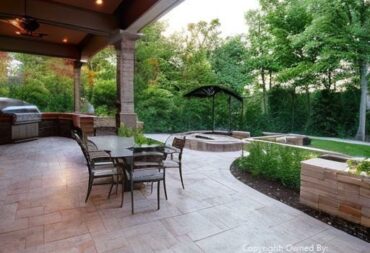
 [/tm_pb_text][/tm_pb_column][/tm_pb_row][/tm_pb_section][tm_pb_section admin_label="Section" fullwidth="off" specialty="off" transparent_background="on" allow_player_pause="off" inner_shadow="off" parallax="off" parallax_method="off" padding_mobile="off" make_fullwidth="off" use_custom_width="off" width_unit="on" make_equal="off" use_custom_gutter="off" background_image="https://www.northeastdecorativeconcrete.com/wp-content/uploads/2018/01/background.jpg"][tm_pb_row admin_label="Row"][tm_pb_column type="4_4"][tm_pb_text admin_label="Text" text_orientation="left" use_border_color="off" border_color="#ffffff" border_style="solid" text_font_size="18" text_text_color="#000000" saved_tabs="all"]
[/tm_pb_text][/tm_pb_column][/tm_pb_row][/tm_pb_section][tm_pb_section admin_label="Section" fullwidth="off" specialty="off" transparent_background="on" allow_player_pause="off" inner_shadow="off" parallax="off" parallax_method="off" padding_mobile="off" make_fullwidth="off" use_custom_width="off" width_unit="on" make_equal="off" use_custom_gutter="off" background_image="https://www.northeastdecorativeconcrete.com/wp-content/uploads/2018/01/background.jpg"][tm_pb_row admin_label="Row"][tm_pb_column type="4_4"][tm_pb_text admin_label="Text" text_orientation="left" use_border_color="off" border_color="#ffffff" border_style="solid" text_font_size="18" text_text_color="#000000" saved_tabs="all"]
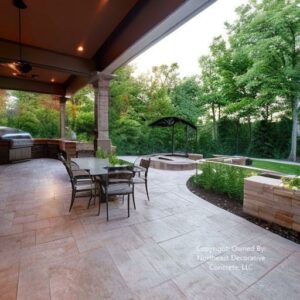
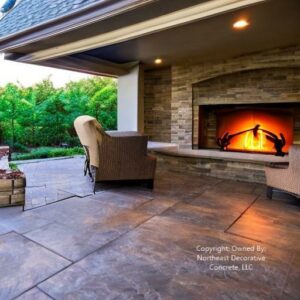
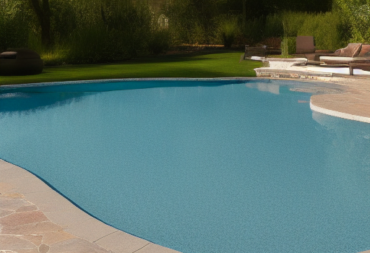
 [/tm_pb_text][/tm_pb_column][/tm_pb_row][/tm_pb_section][tm_pb_section admin_label="Section" fullwidth="off" specialty="off" transparent_background="on" allow_player_pause="off" inner_shadow="off" parallax="off" parallax_method="off" padding_mobile="off" make_fullwidth="off" use_custom_width="off" width_unit="on" make_equal="off" use_custom_gutter="off" background_image="https://www.northeastdecorativeconcrete.com/wp-content/uploads/2018/01/background.jpg"][tm_pb_row admin_label="Row"][tm_pb_column type="4_4"][tm_pb_text admin_label="Text" text_orientation="left" use_border_color="off" border_color="#ffffff" border_style="solid" text_font_size="18" text_text_color="#000000" saved_tabs="all"]
[/tm_pb_text][/tm_pb_column][/tm_pb_row][/tm_pb_section][tm_pb_section admin_label="Section" fullwidth="off" specialty="off" transparent_background="on" allow_player_pause="off" inner_shadow="off" parallax="off" parallax_method="off" padding_mobile="off" make_fullwidth="off" use_custom_width="off" width_unit="on" make_equal="off" use_custom_gutter="off" background_image="https://www.northeastdecorativeconcrete.com/wp-content/uploads/2018/01/background.jpg"][tm_pb_row admin_label="Row"][tm_pb_column type="4_4"][tm_pb_text admin_label="Text" text_orientation="left" use_border_color="off" border_color="#ffffff" border_style="solid" text_font_size="18" text_text_color="#000000" saved_tabs="all"]
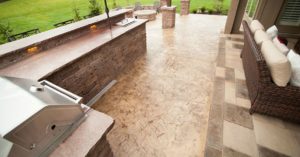
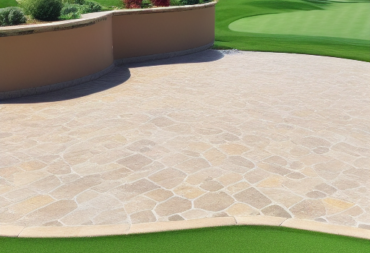
 [/tm_pb_text][/tm_pb_column][/tm_pb_row][/tm_pb_section][tm_pb_section admin_label="Section" fullwidth="off" specialty="off" transparent_background="on" allow_player_pause="off" inner_shadow="off" parallax="off" parallax_method="off" padding_mobile="off" make_fullwidth="off" use_custom_width="off" width_unit="on" make_equal="off" use_custom_gutter="off" background_image="https://www.northeastdecorativeconcrete.com/wp-content/uploads/2018/01/background.jpg"][tm_pb_row admin_label="Row"][tm_pb_column type="4_4"][tm_pb_text admin_label="Text" text_orientation="left" use_border_color="off" border_color="#ffffff" border_style="solid" text_font_size="18" text_text_color="#000000" saved_tabs="all"]
[/tm_pb_text][/tm_pb_column][/tm_pb_row][/tm_pb_section][tm_pb_section admin_label="Section" fullwidth="off" specialty="off" transparent_background="on" allow_player_pause="off" inner_shadow="off" parallax="off" parallax_method="off" padding_mobile="off" make_fullwidth="off" use_custom_width="off" width_unit="on" make_equal="off" use_custom_gutter="off" background_image="https://www.northeastdecorativeconcrete.com/wp-content/uploads/2018/01/background.jpg"][tm_pb_row admin_label="Row"][tm_pb_column type="4_4"][tm_pb_text admin_label="Text" text_orientation="left" use_border_color="off" border_color="#ffffff" border_style="solid" text_font_size="18" text_text_color="#000000" saved_tabs="all"]
